Optimal Seasons for Wood Ceiling Installation
Timing is a critical factor in achieving optimal results for wood ceiling installations. Selecting the appropriate season can influence the quality, durability, and appearance of the finished ceiling. Proper planning ensures that environmental conditions align with installation requirements, reducing potential issues such as warping or moisture-related problems.
Spring and early fall are generally ideal due to moderate temperatures and humidity levels, which facilitate better adhesion and wood stability.
Avoid installation during extreme weather conditions such as high humidity, heavy rain, or freezing temperatures to prevent wood expansion, contraction, or damage.
Indoor installations can be scheduled year-round, provided climate control maintains stable temperature and humidity. Outdoor installations require dry, mild weather conditions for best results.
Allow sufficient time for acclimation of wood materials before installation, which can take from several days to a week depending on environmental conditions.
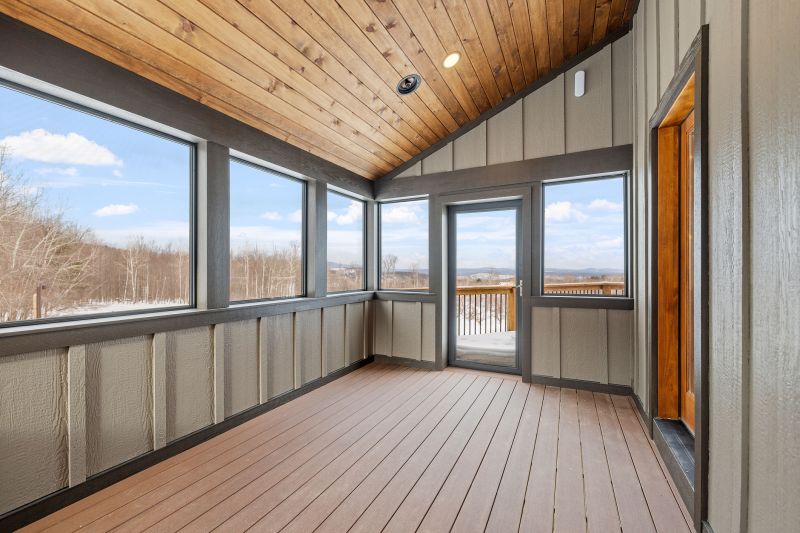
Ways to make Wood Ceiling Installations work in tight or awkward layouts.
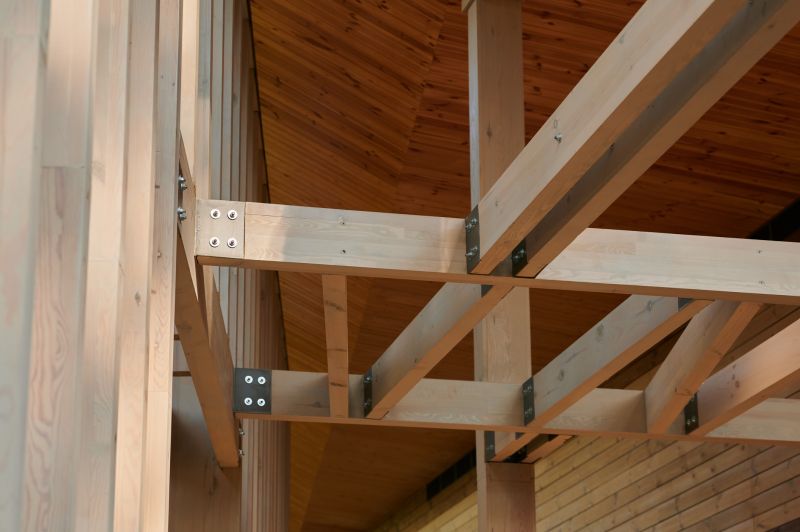
Popular materials for Wood Ceiling Installations and why they hold up over time.

Simple add-ons that improve Wood Ceiling Installations without blowing the budget.
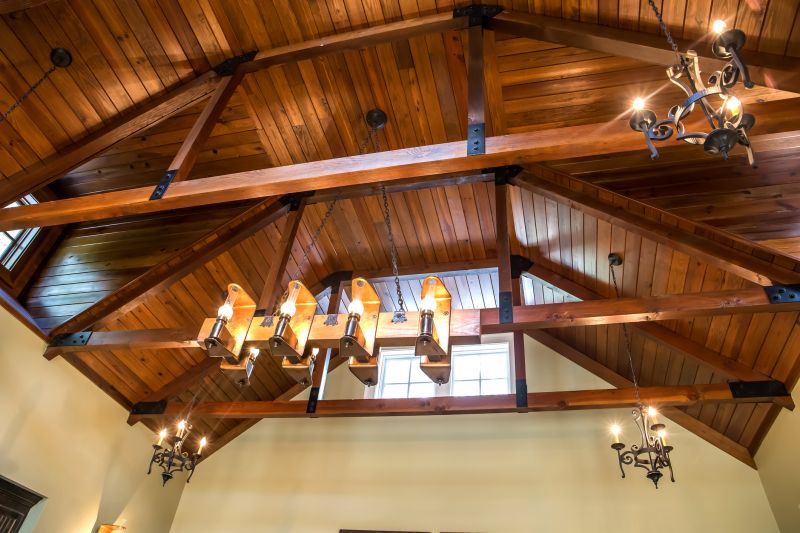
High-end options that actually feel worth it for Wood Ceiling Installations.
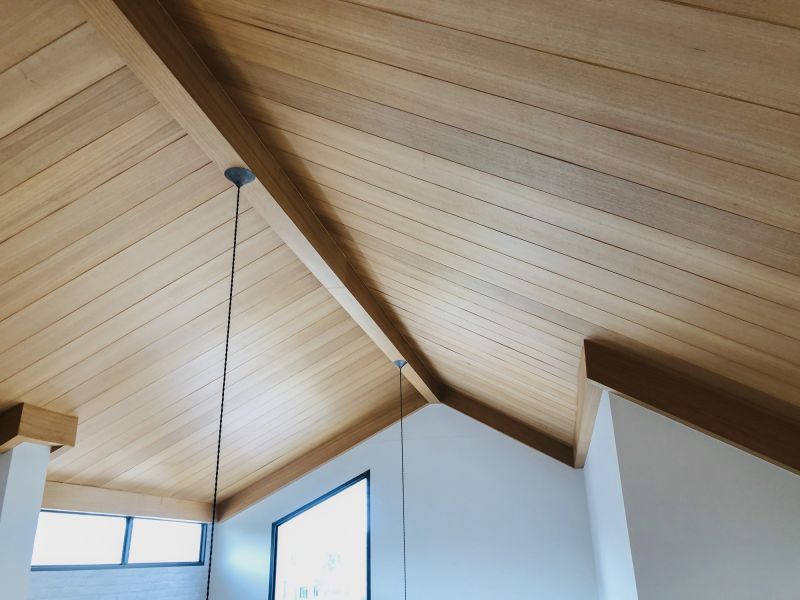
Finishes and colors that play nicely with Wood Ceiling Installations.

Little measurements that prevent headaches on Wood Ceiling Installations day.
Wood ceiling installations involve precise craftsmanship and understanding of material properties. Proper timing ensures that wood expands and contracts minimally, maintaining structural integrity and aesthetic appeal. Seasonal variations significantly affect the installation process, especially in regions with high humidity or temperature swings. Planning installations during stable environmental conditions reduces the risk of warping, cracking, or other issues that can compromise the ceiling’s longevity.

A 60-second routine that keeps Wood Ceiling Installations looking new.
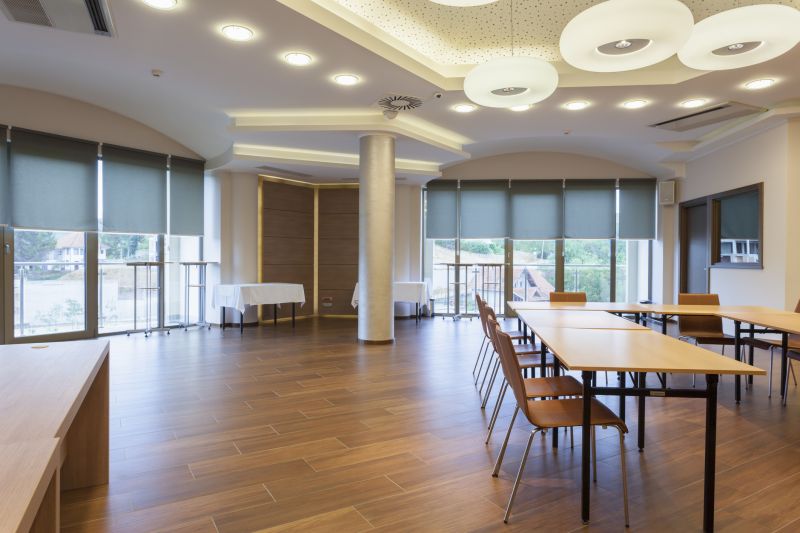
A frequent mistake in Wood Ceiling Installations and how to dodge it.
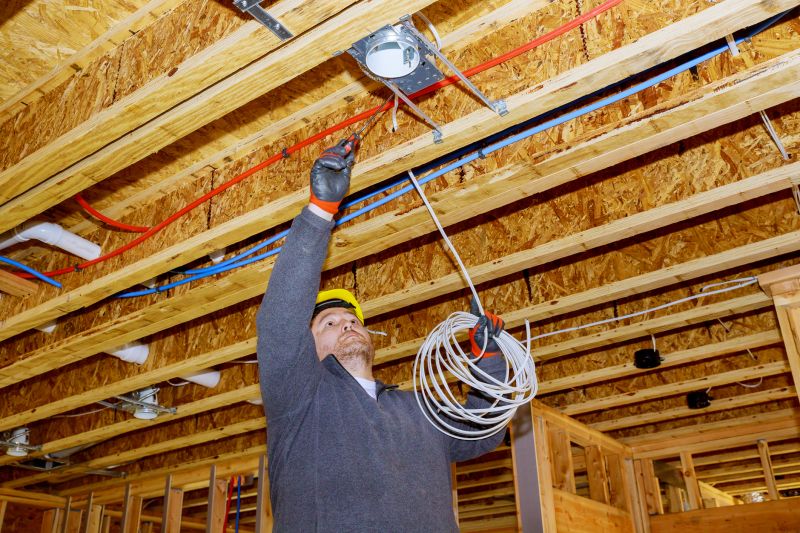
Small tweaks to make Wood Ceiling Installations safer and easier to use.

Lower-waste or water-saving choices for Wood Ceiling Installations.

The short, realistic tool list for quality Wood Ceiling Installations.

Rough timing from prep to clean-up for Wood Ceiling Installations.

Quick checks and paperwork to keep after Wood Ceiling Installations.
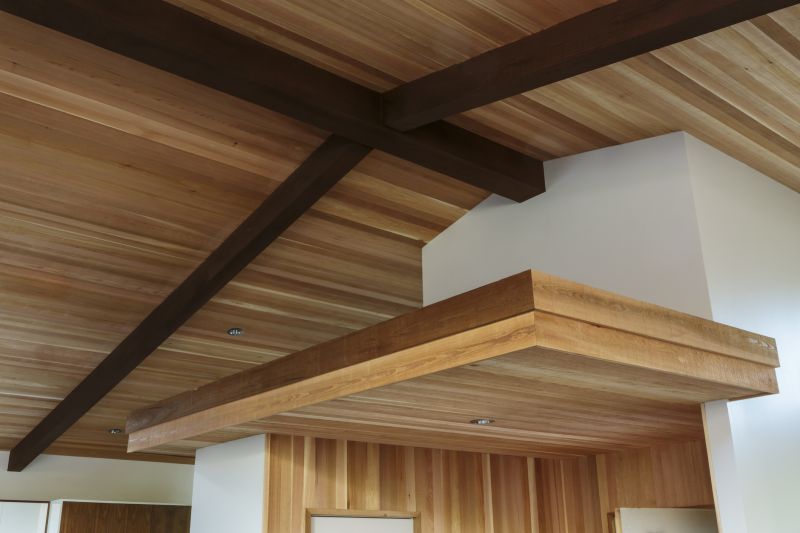
Examples that show the impact a good Wood Ceiling Installations can make.
| Season | Advantages |
|---|---|
| Spring | Moderate temperatures and humidity facilitate better installation conditions. |
| Summer | Long daylight hours allow for extended work periods, but avoid peak heat. |
| Fall | Ideal due to stable weather and cooler temperatures, reducing wood movement. |
| Winter | Challenging in cold climates; indoor installation preferred during this season. |
| Dry Season | Minimizes moisture-related issues, suitable for outdoor work. |
| High Humidity Periods | Not recommended due to increased risk of wood expansion and warping. |
Understanding the seasonal impacts on wood properties helps in scheduling installations that maximize quality and durability. Proper acclimation and climate control are essential components of successful wood ceiling projects. Consulting with professionals can aid in determining the best timing based on local climate conditions and project specifics.
Interested in scheduling a wood ceiling installation? Filling out the contact form can provide tailored advice and help coordinate timing to ensure optimal results for the project.
